Domain Name System Features
High performance DNS server engine and user interface. DNS translates domain names to IP addresses so browsers can load Internet resources.
 Dns Server Service Architecture Dns Network Infrastructure Name Server
Dns Server Service Architecture Dns Network Infrastructure Name Server
Without DNS how many octets for an Internet Protocol IP address would have to be memorized.

Domain name system features. Each node in a tree defines the domain name which is an index to the DNS database. In laymans terms this means your domain name will be searchable by anyone and those search results will include your full name physical address and other contact information. Role description DNS is a system that is used in TCPIP networks for naming computers and network services.
The domain name space is divided into three different sections. The Domain Name System DNS provides an easy way to remember addresses. DNS stands for Domain Name Service It acts as a look-up table which allows the correct servers to be contacted when the user enters the URL into the web browser This transparent service offers the other features which are commonly used by the webmasters to organize their data infrastructure.
The Domain Name System DNS is a hierarchical and decentralized naming system for computers services or other resources connected to the Internet or a private network- Wikipedia. The Internet Corporation for Assigned Names and Numbers ICANN manages these domain names Top Level Domain TLD TLD refers to the last part of a domain name. The perfect plan for a simple website and one domain name Starting at 375mo 375mo billed 4500 for 12 mos 375mo billed 9000 for 24 mos 375mo billed 13500 for 36 mos.
DNS are Domain Name System that is the internets equivalent to the phone book. India will launch a public DNS server to protect users from any malware or phishing. The domain name itself consists of the label concatenated with the name of its parent node on the right separated by a dot.
It defines the registered hosts according to their generic behavior. 6 New Features in Server 2016 Domain Name System DNS 1. The domain name space consists of a tree data structure.
Do you know what is DNS how. In simple terms a Domain Name System DNS is a collection of databases that translate hostnames to IP addresses. The DOMAIN NAME SPACE and RESOURCE RECORDS which are specifications for a tree structured name space and data associated with the names.
All the DNS server features and functionality you need to host DNS for domain names assign domain name to computers and devices for easy access create and delegate sub-domains resolve other domain names on the Internet speed up Internet access with centralized DNS caching etc. The domain name system maps the name people use to locate a website to the IP address that a computer uses to locate a website. Each node or leaf in the tree has a label and zero or more resource records RR which hold information associated with the domain name.
There are different types of policies depending on the scenario ie. Web browsers interact through Internet Protocol IP addresses. DNS stores the database of all.
Domain Name System DNS is the centralized mechanism for resolving giving the IP addresses for a given domain name It is the system that helps you to find the website using your internet browser When you click on your internet browser Internet Explorer Safari Firefox etc You will be able to type the name of the website. DNS is a TCPIP protocol used on different platforms. Conceptually each node and leaf of the domain name space tree names a set of information and query operations are attempts to extract specific types of information from a particular set.
DNS naming locates computers and services through user-friendly names. Generic domains country domains and inverse domain. You can now control how your DNS server handles queries based on DNS Policies that can be configured for different scenarios.
When a user enters a DNS name in an application DNS services can resolve the name to other information that is associated with the name such as an IP address. The domain name system DNS is a naming database in which internet domain names are located and translated into internet protocol addresses. The Domain Name System DNS is the phonebook of the Internet.
DNS which stands for Domain Name System is used as the medium to translate domain names to their respective IP addresses when a client initiates a request query. The DNS has three major components.
 Promote Windows Server 2019 To Domain Controller Windowscrush
Promote Windows Server 2019 To Domain Controller Windowscrush
 Cool Tips And Tricks How Domain Name System Dns Works Dns Name Server Space Names
Cool Tips And Tricks How Domain Name System Dns Works Dns Name Server Space Names
 How Dns Works Domain Name System Dns Big Data Technologies Network Infrastructure Dns
How Dns Works Domain Name System Dns Big Data Technologies Network Infrastructure Dns
 5 Advantages And Disadvantages Of Using Dns In Networking Tinydns Org
5 Advantages And Disadvantages Of Using Dns In Networking Tinydns Org
 How Dns Works Domain Name System Dns Dns Certificate Templates Active Directory
How Dns Works Domain Name System Dns Dns Certificate Templates Active Directory
 Name Resolution Domain Name System Ppt Download
Name Resolution Domain Name System Ppt Download
Aws Dns Route 53 Features Pricing And Limitations
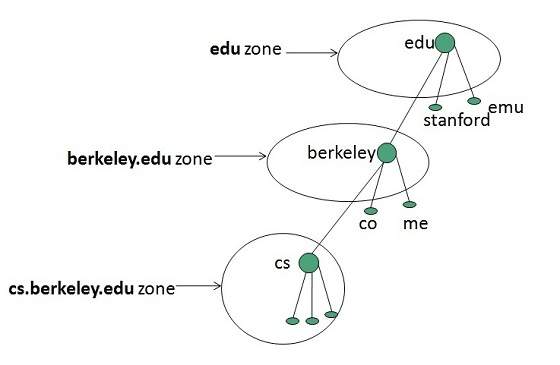 Internet Domain Name System Tutorialspoint
Internet Domain Name System Tutorialspoint
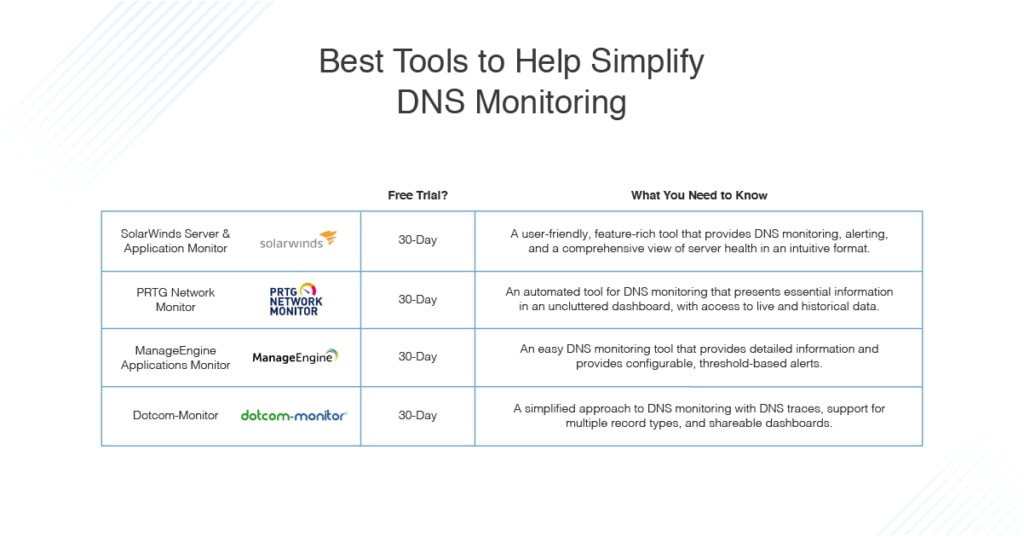 How To Use Nslookup And List Of Best Dns Monitoring Tools Dnsstuff
How To Use Nslookup And List Of Best Dns Monitoring Tools Dnsstuff
 What Is Dns Domain Name System Dns Made Easy
What Is Dns Domain Name System Dns Made Easy
 How To Install Active Directory Domain Services In Windows Server 2019 Computingforgeeks
How To Install Active Directory Domain Services In Windows Server 2019 Computingforgeeks
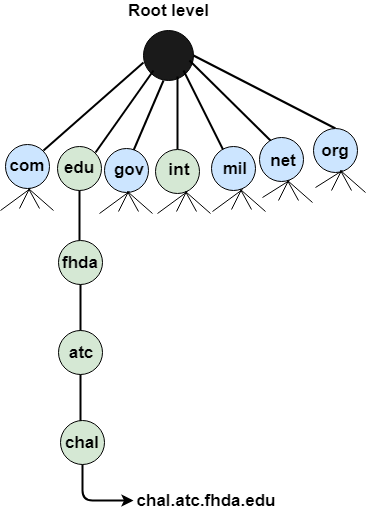 Dns Domain Name System Javatpoint
Dns Domain Name System Javatpoint
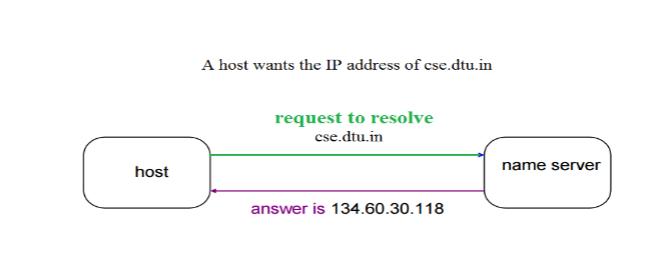 Domain Name System Dns In Application Layer Geeksforgeeks
Domain Name System Dns In Application Layer Geeksforgeeks
 Domain Name System Dns Uses Features Advantages And Disadvantages Dns Records Dns Name Server
Domain Name System Dns Uses Features Advantages And Disadvantages Dns Records Dns Name Server
 Domain Name System Dns Youtube
Domain Name System Dns Youtube
 The Domain Name System Dns Complicated Technology Explained In Simple Terms Infographic Creative Careers Latest Technology Trends Dns
The Domain Name System Dns Complicated Technology Explained In Simple Terms Infographic Creative Careers Latest Technology Trends Dns
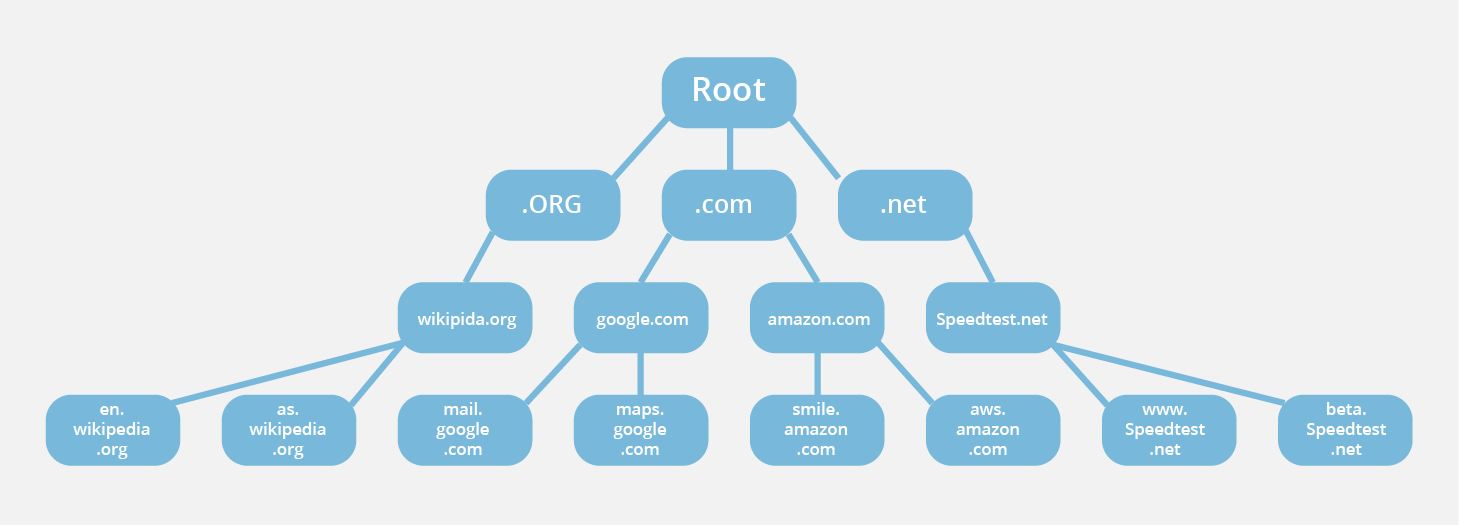


Post a Comment for "Domain Name System Features"